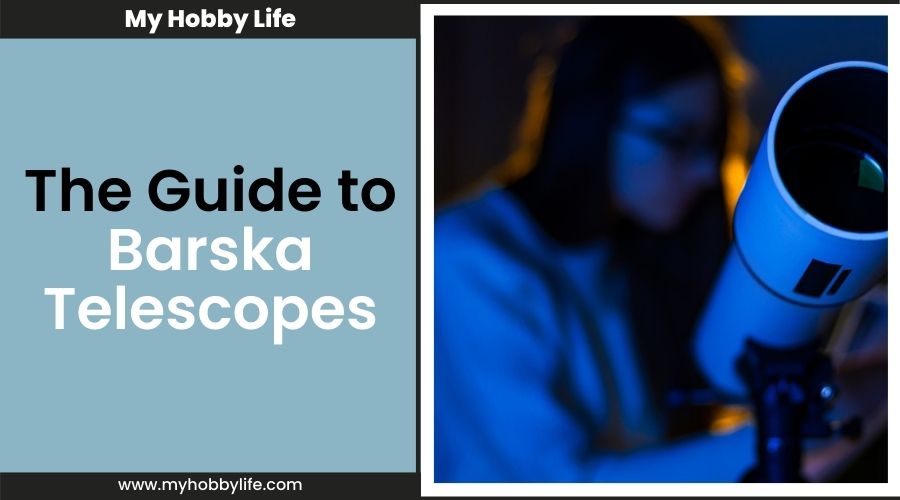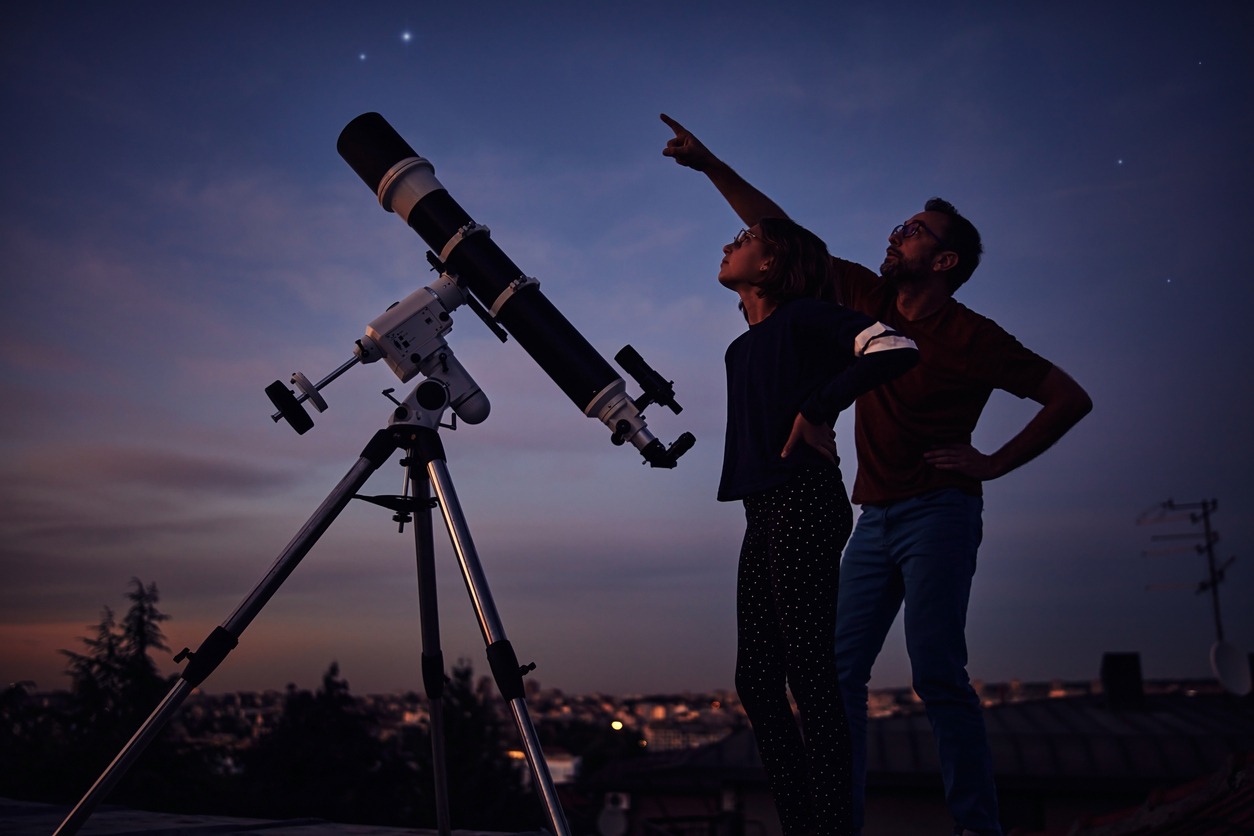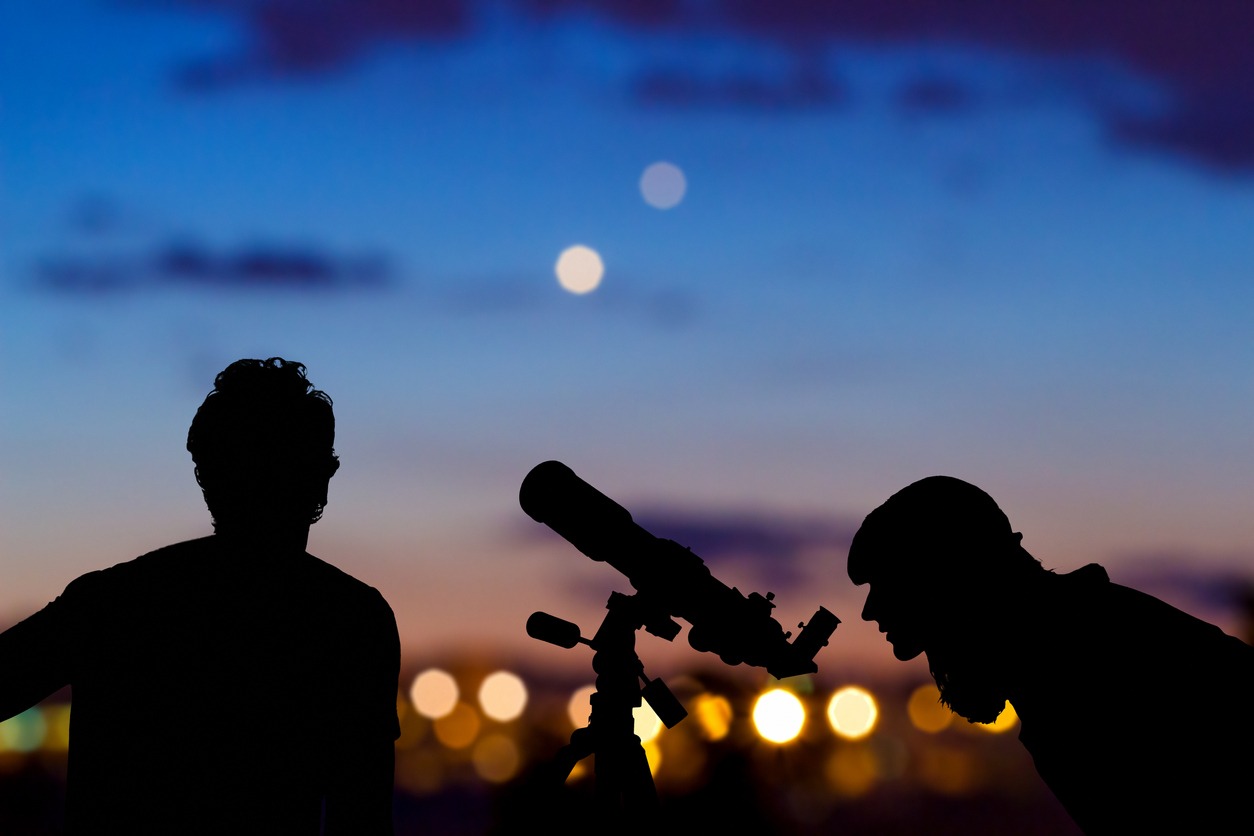There are many great ways to spend our free time, but few are as fascinating as astronomy. Astronomy has been a vital part of human curiosity since our earliest days, showing no sign of ever stopping. Star gazing can be a relaxing and beautiful way to spend time or an awe-inspiring learning experience.
If you have already shown an interest in it before, you may already have a telescope or two to hand. But if you want to get into astronomy, you need the right gear. Either way, a great place to look is in the pages of Barska’s catalog.
About Barska
Barska is a world-renowned provider of sports and outdoor optics. Their high-quality binoculars, telescopes, and microscopes can be found at any of the top 100 US sports retailers. They also have distributors in over 40 countries outside the US, giving themselves a truly global presence.
Their knowledge of scopes and light control has gone into dozens of their products. From spotter scopes and monoculars to scientific microscopes, they have made a strong mark on the world of optics. They also have a wide range of heavy-duty protective gear and astronomy accessories.
What does Barska Bring Us?
Barska has a full range of telescopes and binoculars outside their sporting goods. Their refractor and reflector telescopes are ideal for budding skywatchers just beginning their journey into the stars.
Refractor scopes use refractor lenses at the aperture (wider) end and the viewing port. These lenses absorb the light from the sky and magnify it into a clear image that we see through the eyepiece. These telescopes require minimal maintenance, as the lenses rarely fall out of alignment. They are also easy to manipulate into clear images.
In particular, refractor telescopes are the easiest to get to grips with when you’re first stepping into this hobby.
On the other hand, Reflector telescopes use a series of mirrors inside their bodies to create an image. These mirrors are moved into alignment to focus the influx of light into a sharp and bright image. The sights you see with a reflector telescope will be much more vivid than a refractor scope. However, the mirrors will occasionally move out of alignment, requiring more skill to relocate into sharper images. For this reason, reflector telescopes are usually suggested for people with at least a little experience in astronomy under their belts.
What to Consider Before Buying Barska
Choosing your ideal Barska telescope should never be done on a whim. Whether you have experience in star gazing or not, you should always take some time to consider your purchase. There are a few questions you should ask yourself first to determine what telescope you should buy.
What’s my budget?
The first step is identifying what you can afford to buy. Barska offers a range of affordable telescopes, but if this is your first (or even your second) telescope, you want to avoid diving into a $1,000 investment. Keep your budget reasonable, and remember that you can upgrade later.
How portable do I need the telescope to be?
Many of Barska’s telescopes are lightweight and portable. If you’re looking for a telescope you can take with you; you’ll need to ensure you can carry it. Some types of telescopes are larger and heavier, some requiring a table to mount them on. These are great if you’re only star gazing from your backyard, but not if you want to go up into the hills for a great view. Buy according to where you plan to start gaze from and your ability to get your equipment there.
What focal length am I after?
In layman’s terms, this question means, “how far do I want to be able to see?”. If you plan to explore the surface of the moon, then you won’t need a super-powerful telescope. If the depths of space are more your thing, you’ll need great power. The distance between the aperture and the viewing port determines the focal length of a telescope. The greater this distance, the more powerful the telescope is.
How much do I want to see?
This seems vaguer than the focal length needs, but what it refers to is the aperture width. Telescopes with a wider aperture can see much bigger areas of the sky. You’ll want a wide aperture if you want to see constellations or wide swathes of space. If you’re looking for more pinpoint spaces, such as exploring the sights of the moon, then you’ll want a tighter aperture.
Barska has a good variety of telescopes for beginners and intermediates. However, the paradox of choice might hit when you decide to get one for yourself. Which telescope is easily available? Which is the best Barska model?
For starters, the 70060 Starwatcher is the best affordable telescope for beginners. It provides a wide field of view and has a big aperture, features that help it collect tons of light. The solid build and sturdy design reduce the need for scheduled maintenance. And since it is a refractor telescope, you can use the first week of the moon cycle to locate bright planets like Jupiter, Mars, and Venus. We recommend using the low-magnification eyepiece when getting started with it.
If you want something more powerful, there’s the 70069 with 525x zoom power. It also has a 60mm objective lens. You get a coated optical glass that enhances image clarity and brightness. Plus, the interchangeable eyepieces of this telescope lets you enhance viewing power on the fly. Barska made this telescope with an equatorial mount with dual slow-motion adjustment cables and setting circles.
The 30070 Starwatcher is a great choice for amateur astronomers. Hobbyists can use it to learn more about the night sky—the telescope features a 70mm objective lens with a zoom output of up to 225x. Moreover, you can increase your viewing capacity using either interchangeable eyepieces featuring the 3x power Barlow lens. This telescope also comes with a carrying case and a tabletop tripod.
FAQs
How far will I see with my telescope?
This will depend on the focal length of your chosen scope, but typically you can expect a powerful telescope to offer you a 25x magnification. This is enough to see the rings of Saturn!
How clear will my viewing be?
Commercial telescopes will offer more clarity than the scientific telescopes used by NASA will have. However, this does not make them any less special. After all, looking at photographs online taken by NASA’s telescopes pales compared to seeing the stars from your own.
Conclusion
Taking the plunge and getting into astronomy is an experience rivaled by a few others. Choose Barska and their telescopes to set you on your voyage into the stars! If you are interested in the heavens above us, you will find endless thrills and discoveries.


